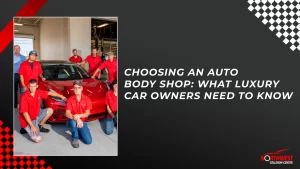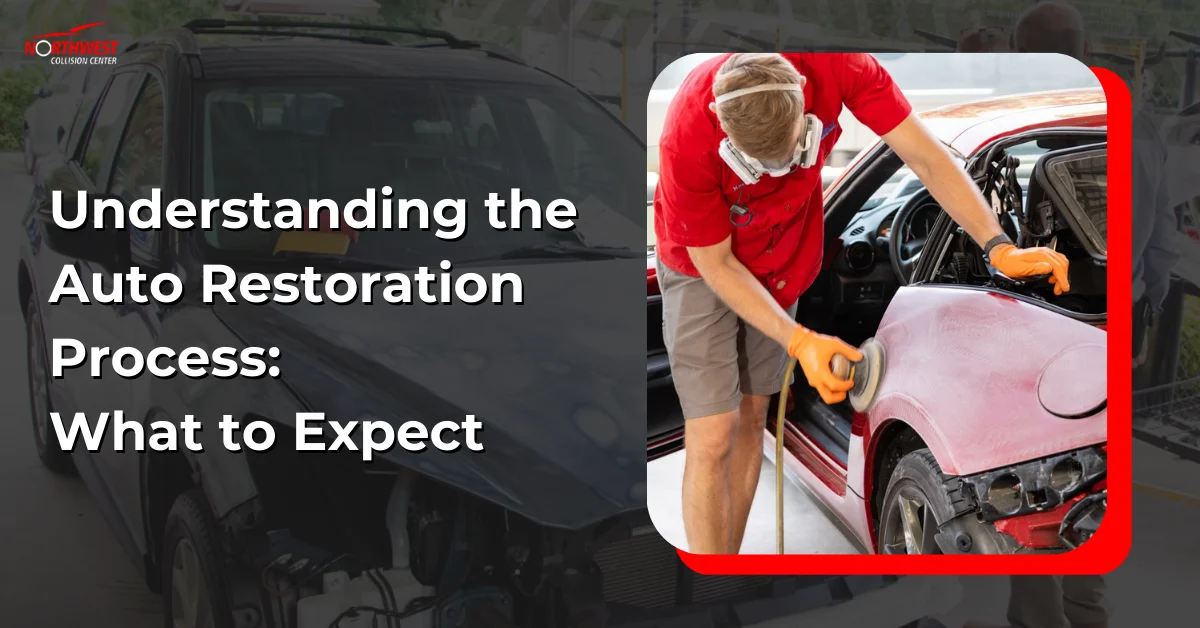Before we dig deep into the maintenance of electric car brakes, we’ll first look into the significant differences between traditional braking systems and regenerative braking systems to understand them better.
What is the Difference Between Traditional Brakes and Regenerative Brakes?
When you’re driving a gas-powered vehicle, stepping on the brakes results in the slowing of your wheels because of friction. The friction it generates increases as your car goes slower. With regenerative brakes, your EV is forced to run backward to slow down the wheels. This is done by the electric motor.
It is also vital that you know that speed plays a major role in the overall effectiveness of regenerative brakes. Regenerative braking is more effective when you fully stop and go compared to when you’re just slowing down. Another thing that you should know is EVs are also equipped with friction brakes in case the regenerative brakes aren’t sufficient.
How Does Regenerative Braking Work? What is the Science Behind Regenerative Brakes?
“Do electric cars have brake pads?”, you might be wondering. The answer is yes. However, the way it works is different from gas-powered vehicles. When you’re driving, you can’t guarantee how frequently you’ll be stepping on the brakes.
With a gas-powered vehicle, the energy coming from the brakes converts to heat. But nothing happens after that. It doesn’t have any further purpose. Your car brakes are also more prone to wear and tear. The good thing is that automotive engineers came up with regenerative brakes.
Technological advancements are amazing. Electric car brakes have kinetic energy that gets converted into electricity when you step on them. This then charges your EV battery. Nowadays, a lot of car manufacturers are adopting this. Both hybrid and fully electric cars are now using regenerative brakes.
However, drivers of both gas-powered and electric-powered vehicles should know that brake pads react to the pressure put onto them. That’s why it is important to keep your eyes on the road while driving. Also, panicking can result in accidents. Being alert will definitely pay off.
How to Maintain Electric Car Brakes?
EVs don’t require frequent maintenance like regular cars. Aside from the fact that they have regenerative brakes, they also don’t have many car parts. Before going on a long drive in your EV, it is important to check some things to ensure that your entire journey will be smooth. Here are a few things you can check:
Brake Discs and Pads
There are a lot of factors that can affect how frequently your discs and pads will need repair or replacement including the following:
- Terrain
- Regeneration settings
- Driving style
What can you do to minimize wear? You can check traffic situations and plan a re-route just in case. This can reduce the times that you’ll have to step on your brakes. On another note, EV brake discs and pads are used less than regular car brakes.
Brake Fluid
Like regular vehicles, EV brakes also have hydraulic fluid. Over time, water can accumulate in it. It is vital that you flush the water often. If not, corrosion can happen which is not good. It can affect the overall performance of your EV. How often is often? For instance, a Tesla should have its water flushed out every two years. The need to flush out varies from one car model to another. You can ask professionals about this.
When you examine your brake fluid, opening the reservoir cap is not necessary. You can just look outside to see it. Don’t forget to check the manual of your car to know the exact fluid needed.
Checking or maintaining your EV brakes can be grueling, especially if you don’t know how they should be. However, you can always call professionals for help! It doesn’t have to be difficult.
If you’re looking for the best auto body repair shops in St. Petersburg, FL, you can check us out at Northwest Collision Center! We can educate you about how Tesla brakes work and more. Not only that, we can check the overall condition of your car.
At NCC, we believe that you and your passengers’ safety should always be the top priority. We always recommend regular checkups for your vehicle, and we will also give you recommendations and tips on how to do this on your own. Call us now and we’ll see what we can do for you!










